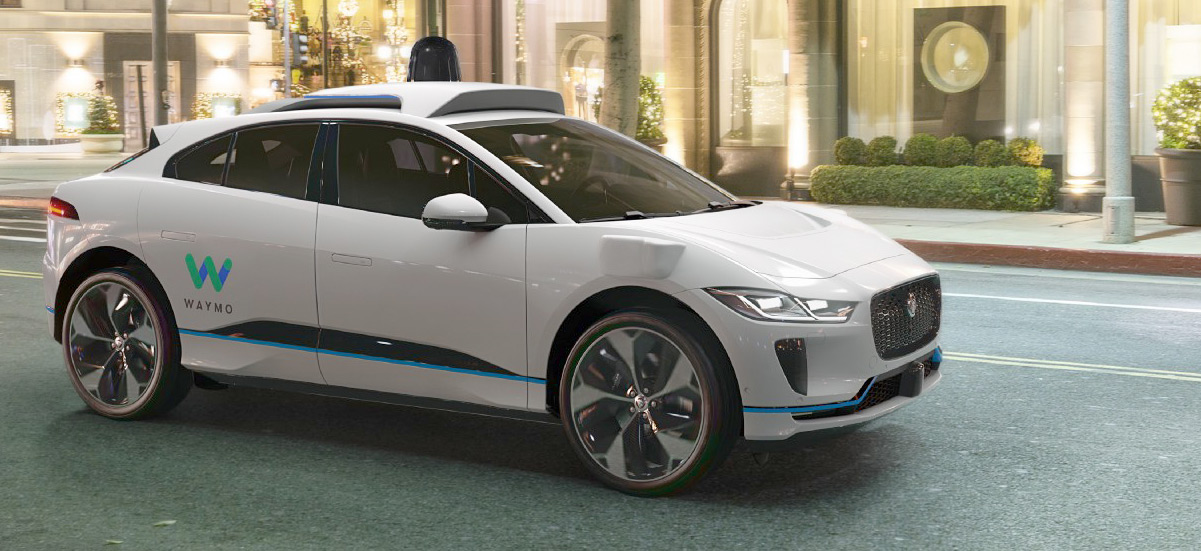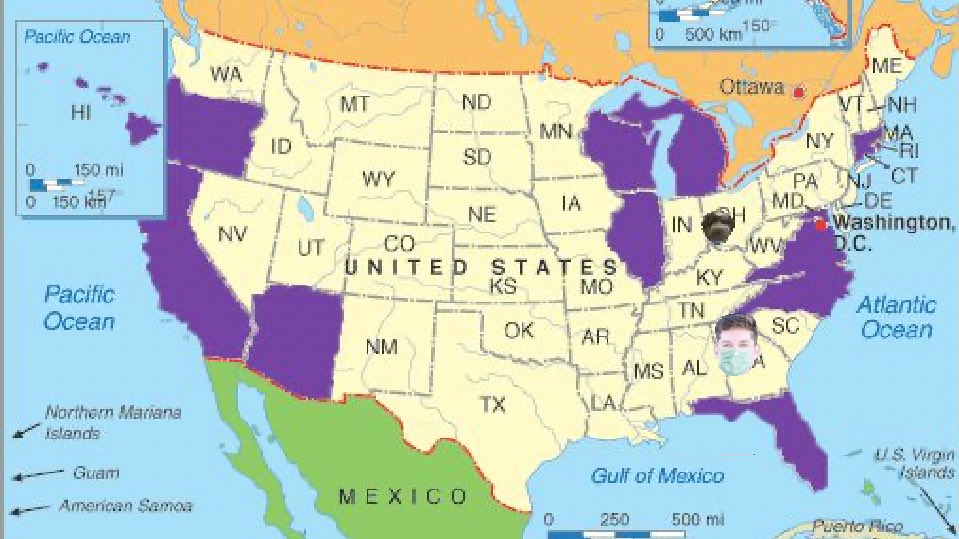DanCar
Active Member
Lots of electric Waymo Jaguar I-Paces running around in SF.
You can install our site as a web app on your iOS device by utilizing the Add to Home Screen feature in Safari. Please see this thread for more details on this.
Note: This feature may not be available in some browsers.
I estimate the current Waymo vehicles cost something like ~150k and they are not electric.

For Waymo, I'm not even sure they can currently underprice Uber.

Tell me where to meet you in your Waymo car and I will bring my Tesla, then we can compare with an interstate drive.
So Waymo's cost per mile is already less than the average cost per mile of an Uber.
Apples to Oranges
I totally believe that Google/Waymo could sell a car that is an order of magnitude better than Tesla's autopilot. But they don't. You can buy a car with Tesla's autopilot today. You cannot buy a car with Waymo self-driving system (or install it on another car).
If Waymo wants the self-driving championship ring, they have to actually put it out on the market.
Don't most Uber rides take place in densely populated areas. I think the geofencing thing is not even an issue. Shouldn't there always be some geofencing? I don't want my fsd tesla driving from NYC to Florida on me.
Waymo could geofence all of Manhattan it's only 22 miles. I don't think service in the suburbs would be that profitable anyway.
Waymo could partner with NYC and drive buses. They drive the same continuous route over and over. Sometimes in bus lanes. There is a bus that goes 1.8miles and makes three stops before circling back.
It's not just ride-hailing. According to Krafcik, Americans do most of their daily driving in a 100 sq mi area. Incidentally, that might be why Waymo picked 100 sq mi for their geofenced area in Chandler. And, according to driving stats I found, the average work commute is 16 miles. So I think a case could be made that geofencing could still be very useful to a lot of Americans, even for personal robotaxi ownership, not just for ride-hailing. And if you expand the geofencing to include all major metro areas in the US and major highways, it would allow L4 to do most long distance travel as well. Yes, it would still exclude people living in rural areas but like you said, most demand in in urban areas. For companies like Waymo looking to sell driverless rides and eventually lease robotaxis to consumers, there will be plenty of profit in dense urban areas.
In fact, I think it could be argued that L5 is not really needed, at least not right away. Depending on where and how big the geofenced area is, L4 could still be good enough for most Americans' driving habits. The bigger the geofenced area gets, the more useful it gets. Eventually, your geofenced area gets big enough and close enough to L5 ODD that it is "good enough" for most people.
And, according to driving stats I found, the average work commute is 16 miles.
My question is will they be able to solve all the problems or will it always be supported and remotely supervised?
Waymo also doesn't operate on highways yet. Will they be confident enough to put their taxis on the highway and assume the liabilities?
Sure, they will solve all them in time. I don't see why not. The fact that they are offering driverless rides implies that they have achieved several 9's of reliability already, probably to 99.999%. So I don't see why they can't solve the last 9's too. Waymo has the top Google engineers, the best hardware, the best machine learning.
Waymo did operate on highways before but temporarily stopped. I am sure they will be back on highways soon. Waymo robotaxis are able to handle highway driving.
Care to put a time frame on these?
Waymo hasn't solved all the tail problems even within their geo-fenced area. Aborted rides and remote driving still happens. My question is will they be able to solve all the problems or will it always be supported and remotely supervised? Waymo also doesn't operate on highways yet. Will they be confident enough to put their taxis on the highway and assume the liabilities?
But ***only in the places they are testing ***. A very big caveat. This is the problem with Waymo's approach.By the way, we don't need to guess at what long tail problems Waymo still needs to solve. We can look at the Waymo safety data to get a sample of the long tail problems. We see that in 6M miles, Waymo did not have any perception problems. It did not have any issues with traffic lights, stop signs or navigating intersections or roundabouts. It never missed a turn. It never had an accident where it left the lane. All the problems involved reacting to other vehicles, and most of them were caused by the other driver behaving badly.
But ***only in the places they are testing ***. A very big caveat. This is the problem with Waymo's approach.
Tesla FSD is publically testing in 13 states (??plus DC??) without ANY geo-fencing to the testersWaymo is testing in 25 metro areas across 11 States in the US. So it is a big and diverse testing area. Waymo is not just testing in a small geofenced area. The commercial robotaxi service in Chandler is NOT the entire testing area that Waymo is using.

Tesla FSD is publically testing in 13 states (??plus DC??) without ANY geo-fencing to the testers.
I wish these pretend autonomy co's like Waymo would be so transparent with their testing. I mean c'mon!




